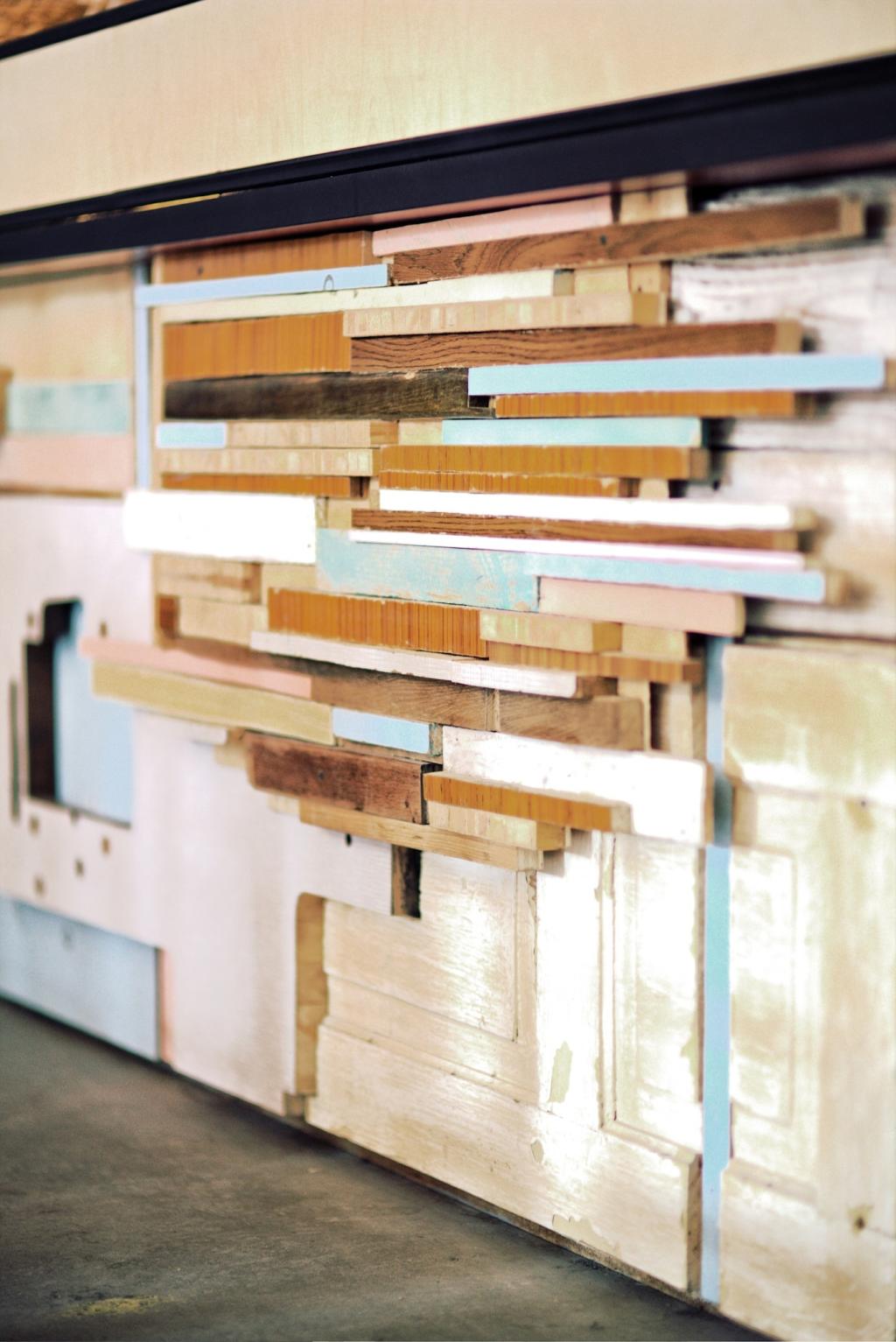
Eco-Friendly Materials for Home Renovation
Embracing eco-friendly materials in home renovation is essential for reducing the environmental impact of construction and creating healthier living spaces. Modern homeowners are increasingly seeking sustainable options that blend energy efficiency, natural beauty, and resilience. This page explores the range of eco-conscious materials now available, highlights their unique properties, and shows how they can transform homes into environmentally responsible sanctuaries.
Sustainable Flooring Options
Bamboo flooring stands out as a renewable and durable choice for eco-conscious homeowners. Produced from fast-growing bamboo grass, it matures far quicker than traditional hardwoods, which can take decades to replenish. As a result, bamboo flooring has a much lower impact on natural forests and supports sustainable crop cycles. In terms of durability, it can match or even exceed some hardwoods and is available in a variety of finishes to suit different decors. Properly harvested and processed bamboo is low in toxins and can enhance indoor air quality, making it both an aesthetically pleasing and responsible choice for modern homes.
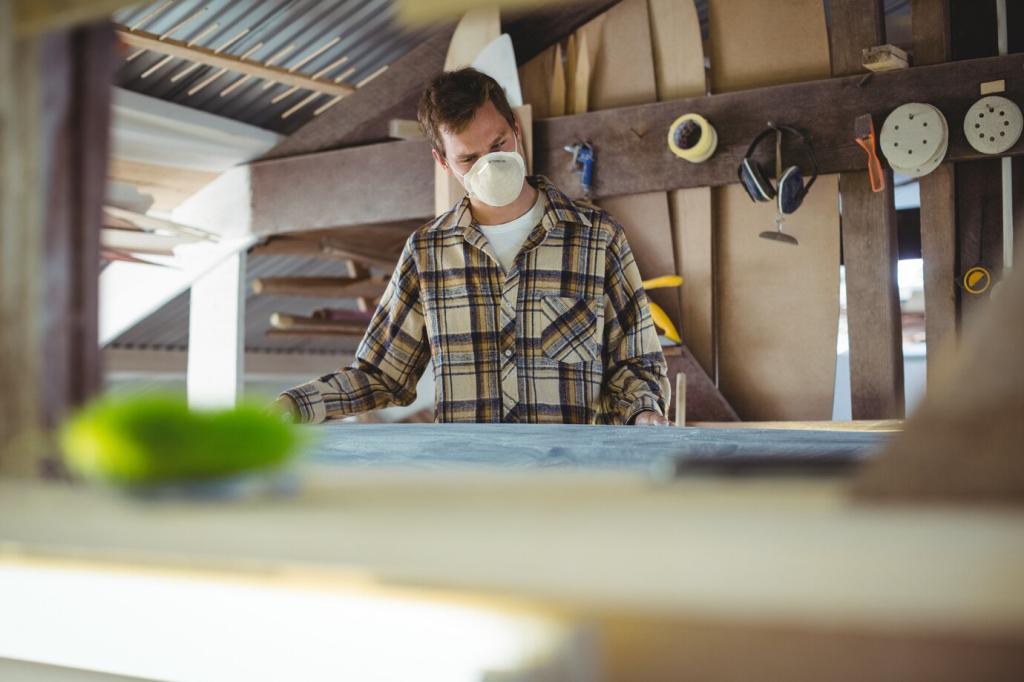

Sheep’s Wool Insulation
Sheep’s wool insulation is a natural material that excels at regulating indoor temperatures and humidity. Its structure traps air efficiently, providing both thermal and acoustic benefits superior to conventional fiber-glass. Wool can absorb and release moisture without losing its insulating properties, making it particularly effective in varied climates. Moreover, it’s fire resistant, harmless to handle, and biodegradable at the end of its life cycle. Sourced responsibly, sheep’s wool insulation offers an appealing, non-toxic alternative for eco-minded renovators.
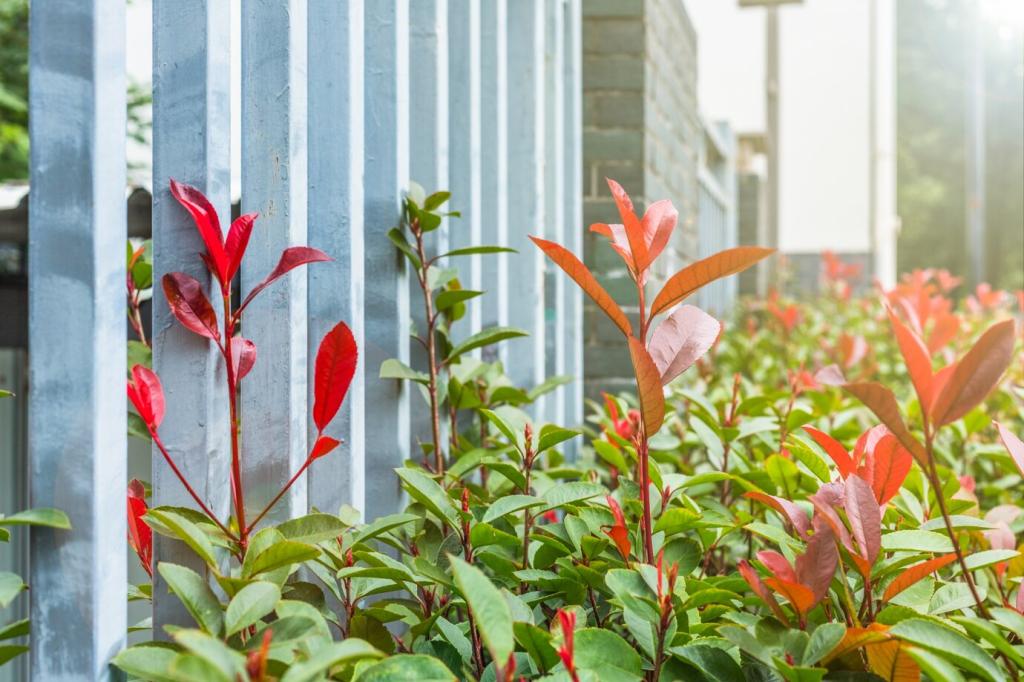
Cellulose Insulation
Cellulose insulation is derived primarily from recycled paper products, such as newspapers, making it an exceptionally sustainable choice. Treated with non-toxic agents for fire and pest resistance, cellulose can be blown into walls, attics, and other cavities for a comprehensive coverage. Its dense composition also creates effective barriers against drafts and air leaks, resulting in improved energy efficiency. By utilizing post-consumer materials, cellulose insulation diverts waste from landfills and reduces the demand for virgin resources, embodying both environmental stewardship and practicality.
Low-VOC Paints and Finishes
Natural Paints
Natural paints are crafted from plant-based oils, resins, mineral pigments, and other naturally sourced ingredients. Free from synthetic chemicals, these paints pose minimal risk to occupants and the environment. They release few, if any, harmful emissions, making them optimal for households where children or individuals with sensitivities live. Not only do natural paints minimize air pollution within the home, but they often provide rich, earthy hues and subtle textures that synthetic products struggle to match. Their biodegradable nature ensures that any residue or discarded paint causes less long-term harm to ecosystems.
Low-VOC and No-VOC Paints
Low-VOC and no-VOC paints are specially formulated to emit fewer volatile organic compounds, leading to a healthier indoor atmosphere. These advanced paints maintain excellent coverage, durability, and color retention comparable to conventional options. By reducing the levels of toxins released during and after application, these finishes support better respiratory health and overall well-being for inhabitants. Widely available and increasingly affordable, low-VOC and no-VOC paints are suitable for every room, allowing homeowners to renovate confidently without sacrificing air quality or aesthetic appeal.
Eco-Friendly Wood Finishes
Traditional wood stains, sealants, and varnishes often contain solvents and chemicals that are hazardous both to installers and the wider environment. Eco-friendly wood finishes—derived from natural oils, waxes, or water-based solutions—present a safer substitute. These products deepen wood’s beauty, protect against wear, and emit far fewer pollutants. Some may even enhance wood’s breathability, supporting its longevity over time. By choosing eco-friendly finishes, renovators can maintain a healthy home environment and contribute to broader efforts to minimize chemical pollution.
Recycled and Reclaimed Building Materials
Recycled metal, such as aluminum and steel, is increasingly used for everything from roofing to structural beams. Metal recycling requires far less energy than producing new metal from ore, dramatically reducing the associated carbon footprint. This practice also prevents valuable metals from ending up in landfills. In the context of home renovation, recycled metal delivers strength, durability, and sleek aesthetics. Advances in technology have allowed for higher quality finishes and coatings, making recycled metal both practical and visually appealing in various architectural styles.
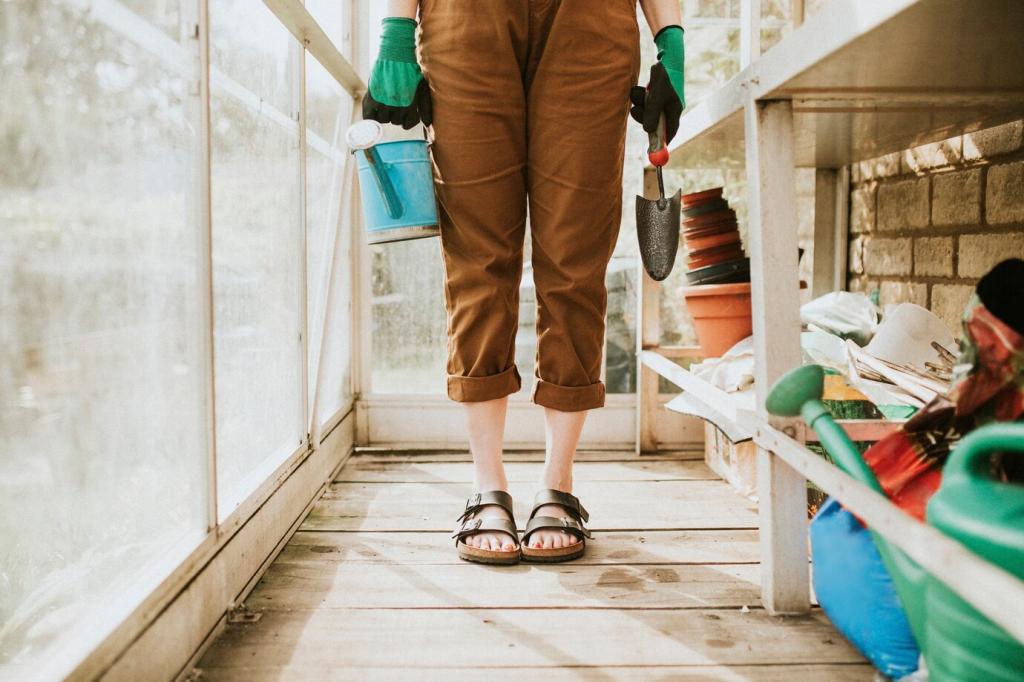
Natural and Renewable Countertop Materials
Recycled Paper Composite
Recycled paper composite countertops are crafted from layers of post-consumer paper or cardboard fused with natural resins. These surfaces are durable, non-porous, and highly resistant to stains and abrasions, making them well suited for kitchens and bathrooms alike. The use of recycled inputs drastically lowers the need for virgin materials and diverts paper waste from landfills. A wide range of colors and finishes allows for creative design flexibility, and at end-of-life, many of these countertops are recyclable or biodegradable, adding to their green credibility.
Recycled Glass Countertops
Recycled glass countertops are striking surfaces that blend sustainability with artistry. Made by embedding crushed glass fragments into a cement or resin base, these countertops create a mosaic effect that can range from vibrant to understated. Using recycled glass reduces the environmental toll of glass production while transforming waste into a valuable asset. These countertops are durable, relatively low maintenance, and resistant to heat and scratches. Their unique appearance ensures that each installation stands out as a genuine piece of functional art.
Bamboo Countertops
Bamboo is rapidly renewable, growing to maturity in a fraction of the time it takes hardwood trees to reach harvest size. Bamboo countertops are manufactured by binding strips or fibers of the plant together, resulting in a strong, visually pleasing surface. They are naturally anti-microbial, lightweight, and available in various grains and shades, making them a versatile choice for many styles. Responsible bamboo cultivation and processing keeps the environmental impact low, further enhanced when paired with natural adhesives and finishes.
Eco-Friendly Roofing Solutions
01
Cool roofs are designed to reflect more sunlight and absorb less heat than standard roofing materials, reducing the temperature of the home’s roof surface drastically. These roofs are typically made from highly reflective materials like special tiles, shingles, or coatings. By keeping the building cooler, cool roofs reduce reliance on air conditioning, leading to significant energy savings. They also help mitigate urban heat island effects, making them an excellent choice for densely populated areas seeking to improve both comfort and sustainability.
02
Green roofs incorporate layers of soil and vegetation installed on rooftops, transforming what would otherwise be an inert surface into a living ecosystem. These roofs improve insulation, absorb rainwater, and provide habitat for pollinators and urban wildlife. Green roofs can also help manage stormwater runoff and cool the surrounding air, contributing to lower energy use within the building. Their visual appeal and environmental benefits make them a standout solution for eco-friendly renovations, particularly in urban settings.
03
Recycled shingles are manufactured from recovered materials such as rubber, plastics, and even old asphalt shingles. This approach not only diverts waste from landfills but also produces a durable, weather-resistant product capable of mimicking natural slate or wood shakes. Recycled shingles often require less energy to manufacture and end up with a smaller carbon footprint than their conventional counterparts. Their longevity and resistance to severe weather make them an economically and environmentally sound investment for homeowners.
Low-flow toilets dramatically reduce the amount of water used per flush compared to standard toilets, without compromising on performance. Modern designs use innovative flushing mechanisms to maximize waste removal with as little as 1.28 gallons per flush, far less than older models. These toilets play a significant role in reducing household water consumption, which is especially important in drought-prone regions. Their effectiveness, ease of installation, and attractive designs make them a sensible upgrade during any renovation interested in sustainable water management.
Water-Conserving Fixtures and Materials
Benefits of Eco-Friendly Renovation
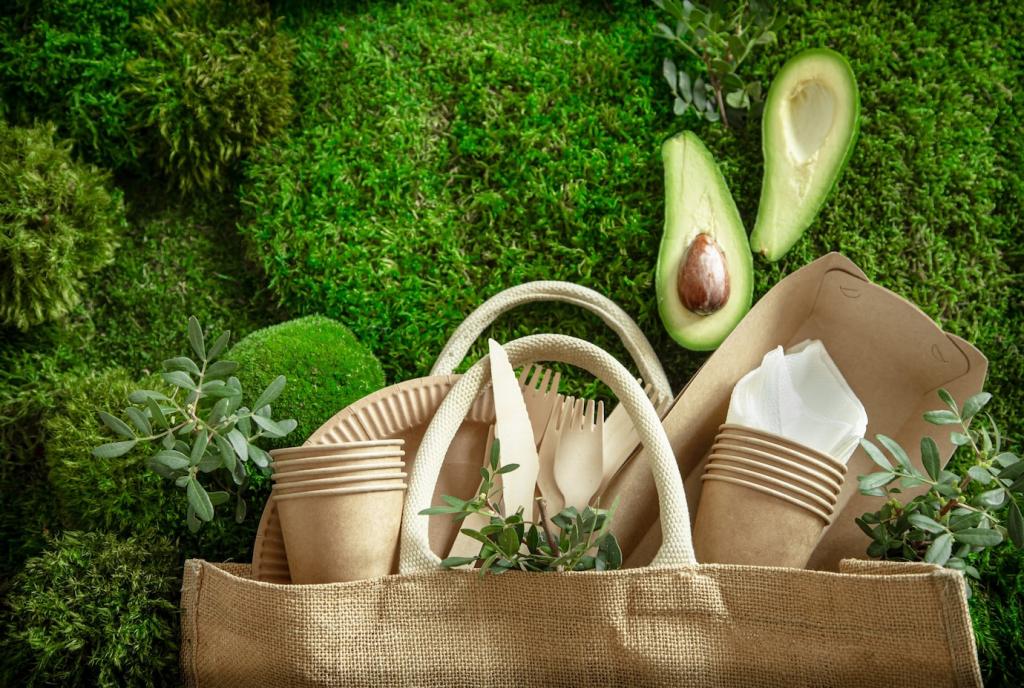
Eco-friendly materials are engineered to emit fewer toxic substances, such as VOCs and formaldehyde, which are commonly found in conventional products. This results in improved indoor air quality, reducing the risk of respiratory problems, allergies, and other health issues. Low-impact materials are especially beneficial for children, elderly individuals, or anyone with environmental sensitivities. By fostering a healthier interior, sustainable renovations create more comfortable and safer havens for families and residents.
